Welcome, music aficionados! We know that choosing the perfect digital piano can be a daunting task. But fear not – this article will serve as your guide to one such gem, the Yamaha P-225. The brand Yamaha surely piques interest with its history of quality musical instruments. In this read, you’ll get an in-depth review of how this model stands out with its CFX sound technology – a promise of phenomenal sound quality!
With the Yamaha P-225, you’re investing in an instrument that differentiates itself from the competition through superior sound quality provided by its innovative CFX sound implementation. Imagine getting to experience powerful and rich live concert hall resonance right at home or in your studio! Its sleek design, vast connectivity options, and inclusive proficiency levels only add more value to it.
| Feature | Specification |
|---|---|
| Dimensions | Width: 1,326 mm, Height: 129 mm, Depth: 272 mm (without music rest) |
| Weight | 11.5 kg |
| Keyboard | 88 GHC keys with matte black keytops |
| Touch Sensitivity | Hard/Medium/Soft/Fixed |
| Tone Generator | Yamaha CFX, VRM Lite, 192 Polyphony |
| Voices | 24 preset voices |
| Effects | Reverb (4 types), IAC, Stereophonic Optimizer, Sound Boost |
| Connectivity | USB to Host, AUX OUT, Headphone Jacks, Pedal Unit Port |
| Amplifiers | 7 W x 2 |
| Speakers | Oval (12 cm x 8 cm) x 2 |
| Power Supply | DC 12 V, 1.5 A (PA-150B) |
| Included Accessories | Owner’s Manual, Music Rest, Footswitch, AC Adaptor |
Yamaha P-225 – A Quick Introduction
The Yamaha P-225 is a sophisticated digital piano that offers an authentic and engaging playing experience for pianists of all levels. Featuring 88 GHC keys with matte black keytops, it delivers a natural feel reminiscent of an acoustic grand piano.
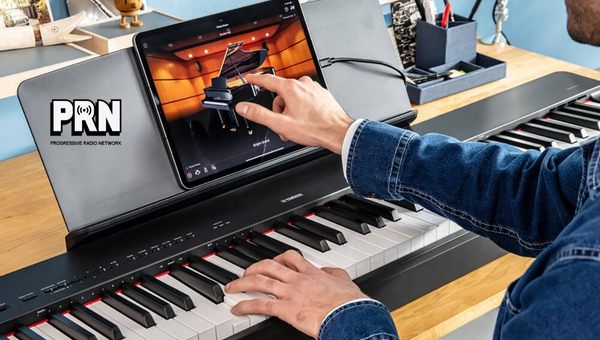
The advanced tone generator includes the renowned Yamaha CFX sound engine, providing rich and realistic piano tones with up to 192-note polyphony. With 24 preset voices, players have a variety of sounds at their fingertips, from classic pianos to lush strings and dynamic organs.
Beyond its exceptional sound quality, the Yamaha P-225 is designed for portability and convenience. Weighing just 11.5 kg and incorporating thoughtful dimensions (W: 1,326 mm x H: 129 mm x D: 272 mm), this digital piano fits seamlessly into any environment without sacrificing space.
Connectivity options such as USB to Host, AUX OUT, and headphone jacks ensure versatile integration with other devices. Complemented by features like reverb effects, Intelligent Acoustic Control (IAC), Stereophonic Optimizer, and Sound Boost, the P-225 presents an all-inclusive package for any musician looking to elevate their performance or practice sessions.
Design and Build
The keyboard’s design is marked by its sleek dimensions, boasting a width of 1,326 mm, height of 129 mm, and depth of 272 mm, excluding the music rest. This compact form factor ensures it integrates well into various spaces without occupying excess room.
Despite its substantial functionality, it maintains a relatively lightweight build at just 11.5 kg. This balance of size and weight makes it easily portable while retaining a sturdy presence that conveys durability.
In terms of build quality, the 88 GHC keys feature matte black keytops, providing both an aesthetic appeal and a tactile experience that encourages prolonged play without discomfort. The touch sensitivity options—Hard/Medium/Soft/Fixed—cater to diverse playing styles and preferences.
Complemented by robust internal components like the Yamaha CFX tone generator with VRM Lite technology and a powerful amplification system (7 W x 2), this keyboard promises not just visual elegance but also exceptional acoustic performance.
Also Read: iConnectivity PlayAudio12 Review: A Comprehensive Analysis
Sound Quality
The Sound Quality of this instrument is exceptional, thanks to its advanced Yamaha CFX tone generator and VRM Lite technology. With a polyphony of 192 notes, it ensures that even the most complex pieces can be played without any note-dropping.
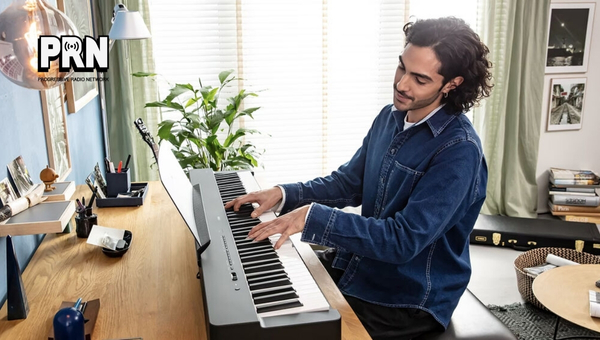
The detailed sampling from Yamaha’s renowned CFX concert grand piano provides an authentic and expressive sound experience. Additionally, with 24 preset voices, musicians have a wide range of tonal options to choose from, catering to various musical styles.
Complementing the high-quality tones are the sophisticated built-in effects designed to enhance audio performance. The reverb offers four different types, allowing users to simulate different acoustic environments ranging from small rooms to concert halls.
Integrated Acoustic Control (IAC) and Stereophonic Optimizer feature ensure balanced sound across dynamic ranges and immersive headphone experiences respectively. To top it all off, the Sound Boost function makes sure that your music always stands out with clarity and presence, no matter where you play.
Key Action In Yamaha P-225
The Yamaha P-225 boasts a special feature known as Graded Hammer Compact (GHC) key action. This unique element enhances your playing experience by creating a realistic feel. Much like the keys on an acoustic piano, these keys are weighted, providing a more authentic touch.
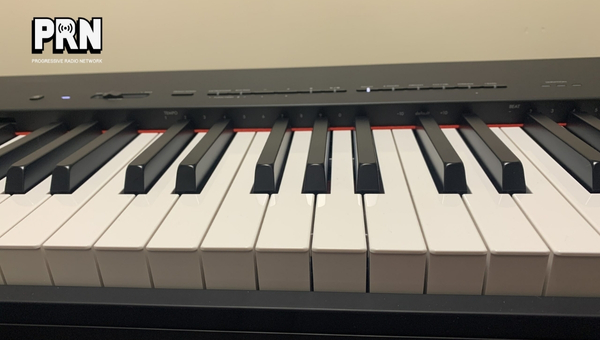
The GHC key action is critical as it sets the stage for dynamic play. Lighter, simpler keystrokes can create soft melodies while heavier, forceful strokes produce robust sound. This diversity offers numerous creative outlets for musicians to express themselves effectively.
So, whether you are practicing your favorite piece or composing something brand new, the vital role of the Graded Hammer Compact key action is undeniable in delivering a convincing and pleasing musical performance on the Yamaha P-225.
Also Read: Ollo Audio S5X 1.1 Review: In-Depth Analysis
Connectivity Options
One of the most impressive features of the Yamaha P-225 is its vast connectivity options. This digital piano goes above and beyond to provide multiple ways for its users to get connected and enhance their musical experience.
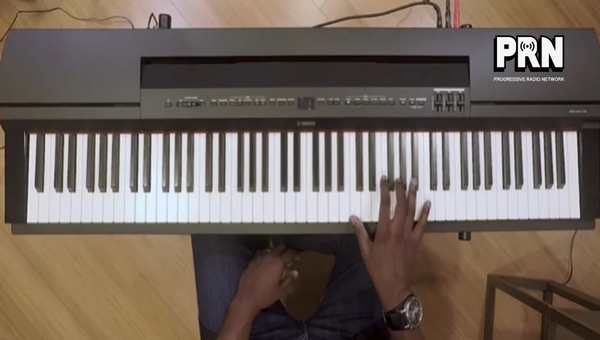
- USB to Host: This port allows the instrument to connect directly to a computer or mobile device. It facilitates MIDI communication, enabling you to use compatible software for recording, composing, and educational purposes. This is especially useful for integrating with music production applications and digital audio workstations (DAWs).
- AUX OUT: The AUX OUT jacks provide the ability to connect the instrument to external amplification systems or speakers. This is particularly beneficial for live performances or when you want greater volume and sound projection than what the built-in speakers can offer.
- Headphone Jacks: These are essential for private practice sessions, allowing two headphones to be connected simultaneously. It supports silent practice without disturbing others, offering an immersive audio experience through features like Stereophonic Optimizer which enhances spatial effects in headphones.
- Pedal Unit Port: This port supports connection with an optional pedal unit that can enhance playing techniques by adding functionalities such as sustain, soft, and sostenuto pedals. It provides a more authentic piano-playing experience that mimics traditional acoustic pianos.
Also Read: Boss Katana-50 Mk2 EX: The All-Round Review
Designed for All Proficiency Levels
The Yamaha P-225 is built to be a user-friendly digital piano for everyone. Its features are crafted in a way that both beginners and experts will find beneficial.
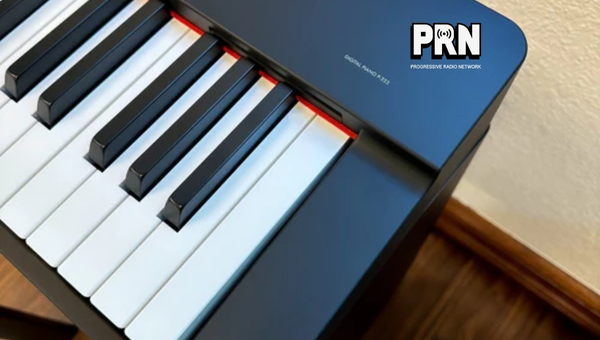
If you’re a novice at playing the piano, the Yamaha P-225 offers an excellent start. It provides a practical feel to train your fingers. Learn and master chords without feeling overwhelmed.
For expert pianists, fear not! The Yamaha P-225’s advanced sound module doesn’t compromise on delivering superb professional-level execution. Despite its beginner-friendly design, it still upholds the quality an expert would demand.
Power Source Of Yamaha P-225
Without a power source, a piano is nothing but a decorative piece. The magic of music comes alive only when the piano draws power and all its key features are functional. For the Yamaha P-225, this power is drawn from a corded electric source.
No more worrying about changing batteries or managing recharging schedules. All you need is to plug in and start creating your melodic symphony. This makes the usage pretty straightforward and hassle-free.
It’s important to note that despite being powerful and infusing life into each note you hit, the Yamaha P-225 doesn’t offer a battery option. This detail shouldn’t deter you since most digital pianos in this category depend on corded electricity for their functioning.
Also Read: Complete Review: Native Instruments Komplete Audio 1
Pros and Cons
| Pros | Cons |
|---|---|
| Realistic 88-key Graded Hammer Compact (GHC) action | Heavier at 11.5 kg compared to some portable options |
| Customizable touch sensitivity (Hard, Medium, Soft, Fixed) | Limited to 24 preset voices |
| Matte black keytops offer better grip and comfort | Basic design may lack advanced features for professionals |
| High-quality sound with Yamaha CFX tone generator and VRM Lite | Modest amplifier power of 7W x 2 |
| Variety of effects including Reverb, IAC, Stereophonic Optimizer | No built-in recording functionality |
| Comprehensive connectivity options (USB to Host, AUX OUT) |
Conclusion
The Yamaha P-225 is a digital piano that truly stands out. With its sleek design and phenomenal sound quality, it adds an unparalleled aesthetic and aural delight to any setting. Its unique GHC key action provides a realistic feel for all players while its extensive connectivity options enable maximum flexibility. Regardless of your proficiency level, this keyboard will add value to your music-playing experiences.
While being perfect for beginners due to its straightforward setup and user-friendly approach, it also doesn’t fall behind for expert players who can utilize its advanced features for more complex compositions. Even though dependent on corded electricity as a power source, it doesn’t limit the user’s enjoyment of this outstanding digital piano at all.
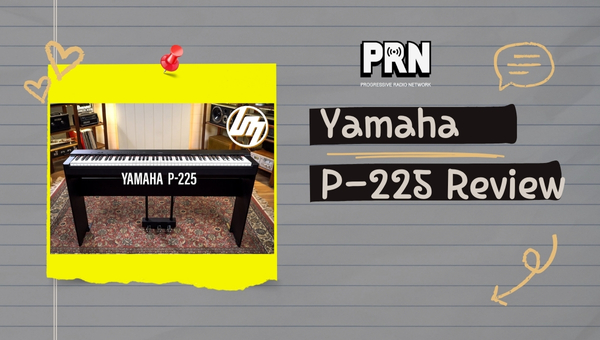
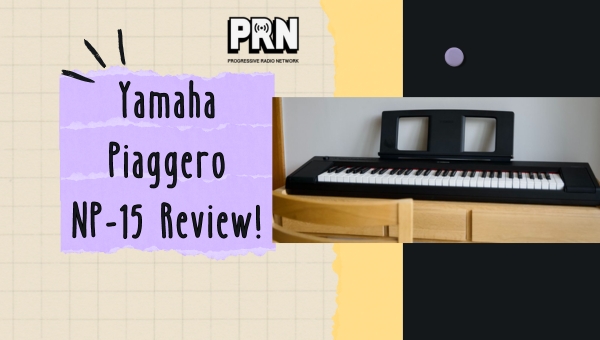
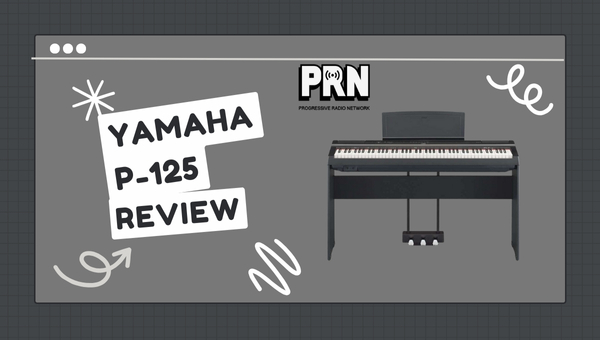
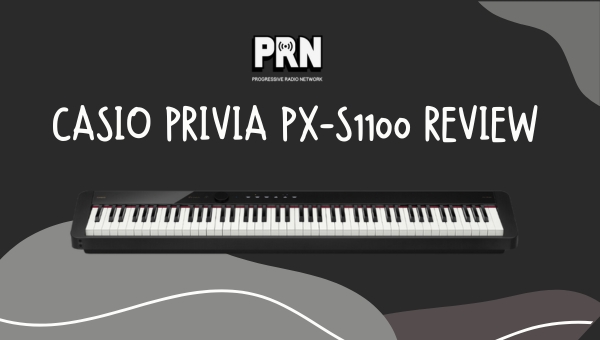
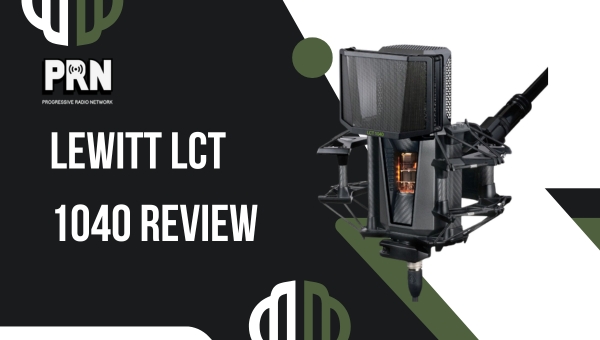
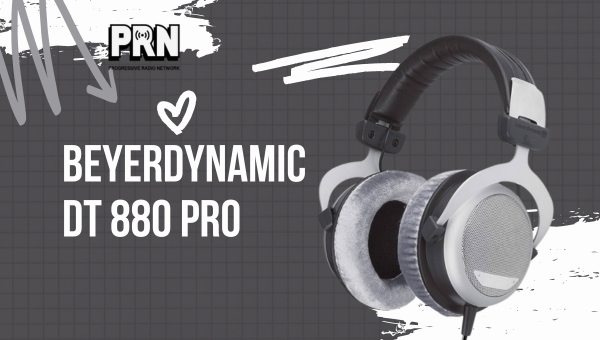
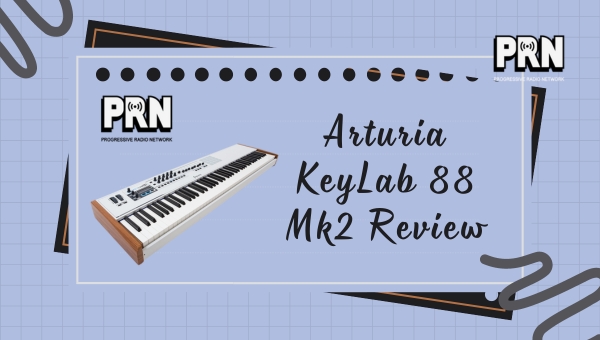
Leave a Comment